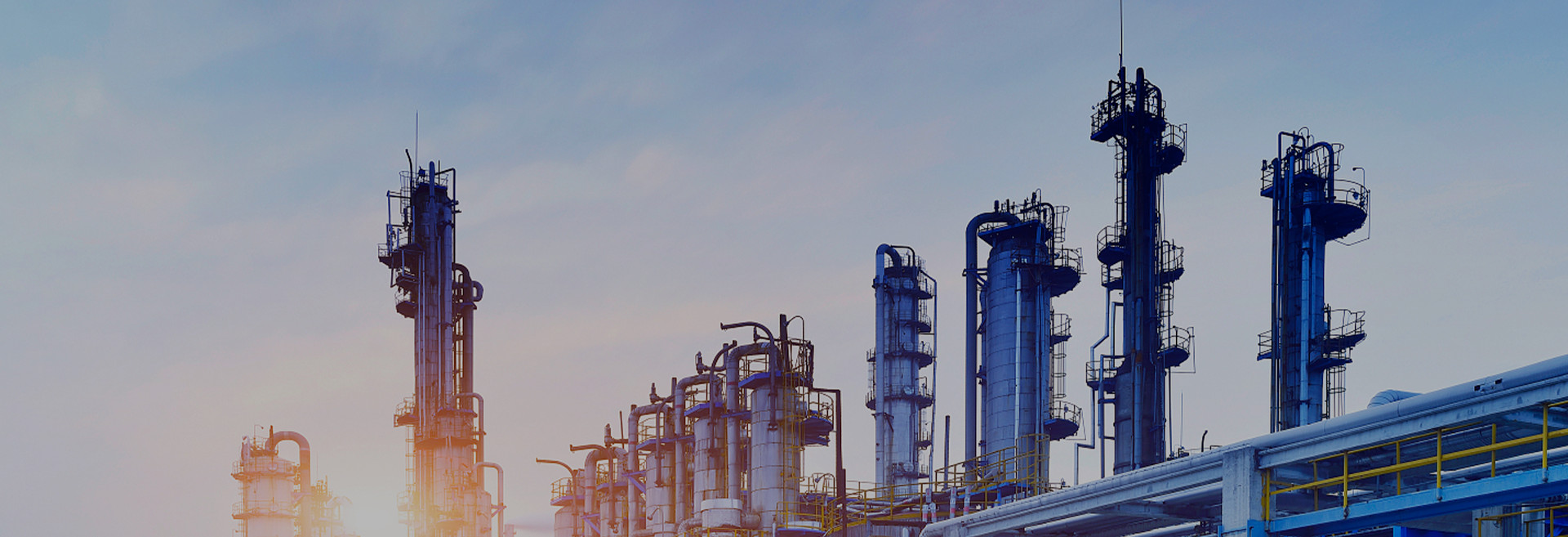NRL scientists, in collaboration with the US Department of Energy, published the results of their Argon Fluoride (ArF) laser fusion research in the Philosophical Transactions of the Royal Society last autumn.
The scientific paper, ‘High Fusion Gain with Sub-Megajoule Laser Energy Using a Directly Driven Argon Fluoride Laser,’ reported that ArF is a promising technology for achieving the high-gain inertial fusion implosions needed for energy production. Laser fusion involves the implosion of small capsules to achieve the high densities and temperatures (100 million degrees Celsius) required to initiate a fusion reaction.
The fusion energy can be used as a power source if the gain is much greater than the energy required to drive the laser, and NRL’s simulations have shown that ArF’s deep ultraviolet light can achieve high gain at much lower laser energies than previously thought feasible.‘ArF lasers allow for the development and construction of smaller, lower-cost fusion power plants,’ Obenschain said. ‘This will accelerate the deployment of this attractive energy source, which has enough fuel feedstock to last for thousands of years.’
The NRL results are particularly important because the National Ignition Facility (NIF) at Lawrence Livermore National Laboratory announced on 8 August that it had conducted a laser fusion experiment that produced almost as much fusion energy as the laser beams used to drive implosions.The NIF results produced 1.3 megajoules of fusion energy, the equivalent of a pound of high explosives, thus demonstrating the fundamental scientific and technological laser fusion feasibility.
‘The NIF results are impressive and underscore the need to look to laser technology that will accelerate future advances. nRL ArF laser technology offers a pathway to higher fusion gains and yields,’ Obenschain said. ‘These qualities are needed for the NNSA Stockpile Stewardship Programme, and high gain is required for fusion power generation.’
The Nike laser lens array focuses 44 krypton fluoride (KrF) laser beams on targets that represent a small portion of the implosion capsule. The millimetre-sized targets are visible in the central lens.KrF lasers are similar to ArF, but at a slightly longer wavelength (248 nm). The Nike experiment advances the fundamental physics of uniformly accelerating a target to the high velocities required for fusion implosion. Source:Naval Research Laboratory
Obenschain notes that high-energy ArF lasers will require significant investment to achieve the performance and energy, repetition frequency, precision, and billion-dollar sub-reliability required for fusion for commercial power plants.
‘Our work to date has shown that there are no fundamental barriers preventing ArF direct-drive inertial fusion energy systems from meeting these requirements,’ Obenschain said.
He said: ‘These advantages could facilitate the development of modest scale, cheaper fusion power plant modules operating at laser energies of less than 1 megajoule.’ ‘This would revolutionise the existing view that laser fusion energy is too expensive and power plants are too big.’
‘NRL is a world leader in the development of high-energy argon fluoride laser technology,’ said Dr Max Karasik, head of NRL’s laser-driven target physics division, ’In addition, we conduct experiments to advance the physical basis of laser fusion and computer simulations to determine the optimal configuration for a high-gain ArF laser implosion.’
The potential of the ArF laser for fusion energy is supported by the U.S. Department of Energy’s Advanced Research Projects Agency for Energy (ARPA-E) Breakthroughs to Enable Thermonuclear Fusion Energy (BETHE) programme. This programme supports the timely development of commercially viable fusion energy sources.
The Laser Plasma Branch of the Plasma Physics Division is leading this research effort and has developed a three-phase plan to advance argon fluoride lasers to achieve the performance required for high energy gain implosions.
The first phase will complete the basic science and technology for the ArF currently underway at NRL. In Phase II, a full-scale, high-energy ArF laser beamline will be built and tested. In Phase III, an implosion facility will be constructed from 20 to 30 such beamlines and used to demonstrate the high energy gain (>100) required for defence and energy applications.
Post time: Sep-18-2024

